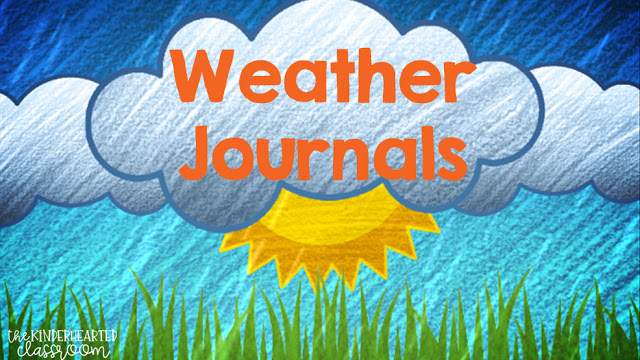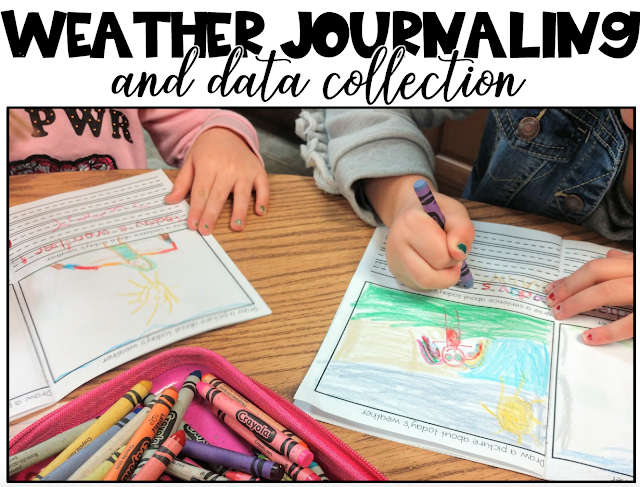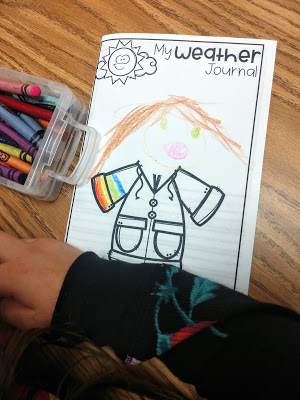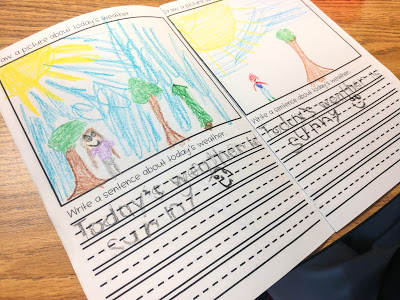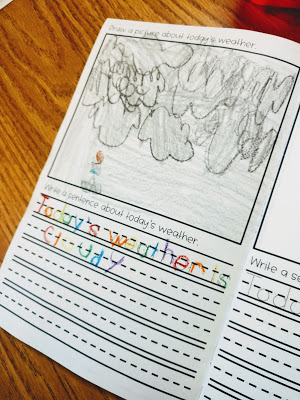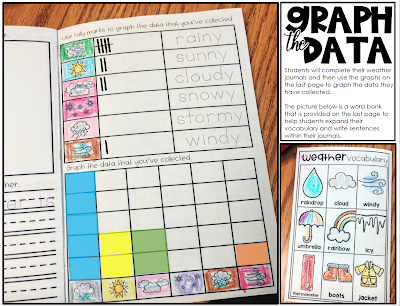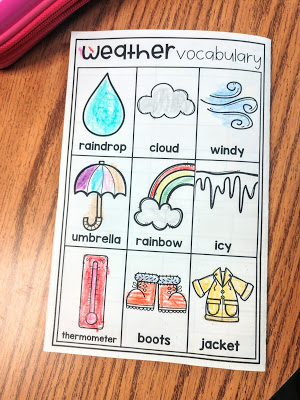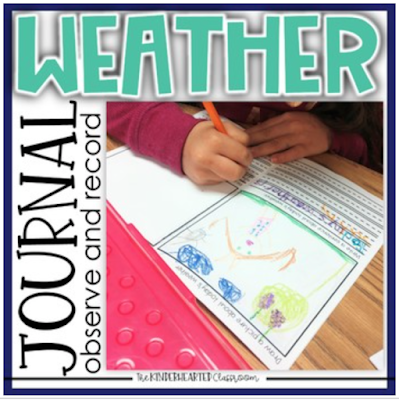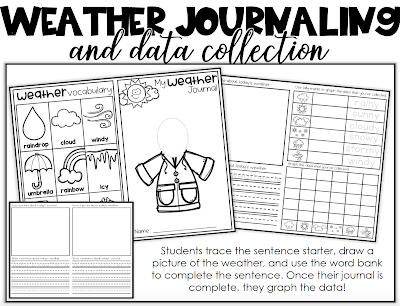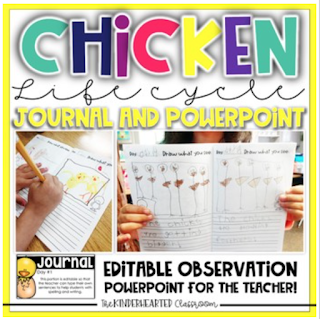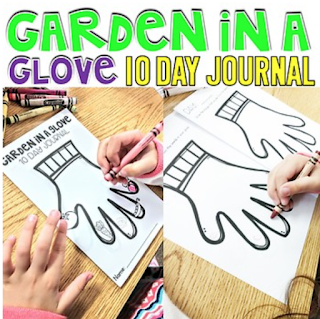We love sharing our favorite resources, books, classroom supplies and teacher stuff with you. When we do, we may earn money or products from the companies mentioned in this post. This does not affect our choices in what to recommend. Rest assured, we only recommend our favorite products to you! You can find our full advertising policy on the Partner With Elizabeth page.
We are up to our heads in weather . . . AND it’s so much fun! During our weather unit I love to teach my students about an important part of being a scientist – data collection. Weather is the perfect place to teach your students about observing and collecting data. Whether you track the weather each day as part of your morning routine, or are heading into a full weather unit of your own – you need to keep reading. I’ve got the perfect tool for you!
Weather Journals!!!
How I use the Weather Journals
Before we begin, we talk about the important job that scientists have. We talk about how important it is for scientists to make observations and record their data so that they can draw conclusions. We even talk about the scientists that study weather – those ‘oh so reliable’ meteorologists. {No – I don’t share my lack of trust about meteorologists with my students. I’ll let them draw their own conclusions as they get older. 😏}
Then I pull it out – the Weather Journal. I explain that this is a special tool just like scientists use. We look at the journal and talk about what it holds. We look at the pages for drawing and writing about our observations, we look at the area for graphing and we look at the important vocabulary words.
Then I give each student their very own Weather Journal! We begin by designing the cover. I encourage the students to draw themselves as a meteorologist on the cover of their journal. Just look at all the cuteness.
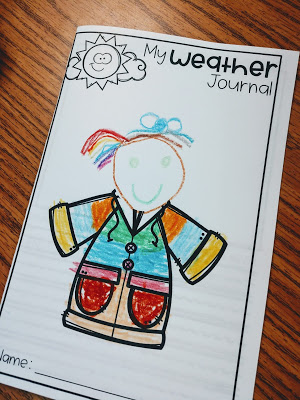 |
Inside each journal are multiple pages for making observations. Each half page entry contains a place for drawing the weather and writing about it. Students are given the sentence starter “Today’s weather is . . .”
You can customize the number of pages in your journal to meet the needs of your classroom. If you graph the weather daily, you could make a monthly weather journal. If you are doing a weather unit, choose the number of days you want to observe and add that many pages. It’s so easy to make it work for your personal needs. We generally do observations for 10 school days. That usually gives us the opportunity to see couple different weather types, although sometimes Sunny California is just that – sunny everyday. But – every now and then we get some excitement. Check out this excitingly colorful cloudy day! 😏
After students work at documenting their observations, we then move on to analyzing the data. The last page of the journal contains a place for using tally marks and a bar graph for analyzing the data. This is such a great time to talk about how graphs are so helpful is giving us a picture of the data.
The back cover of the journal includes key vocabulary words. We refer back to these vocabulary words throughout our unit. I also give the students a little incentive for using vocabulary words in their writing on the journal pages. It’s so fun to see how creative they get in using those words. “The weather today is sunny. No rainbow today!” or maybe “The weather today is not icy. It is sunny.” {Hey – I never said the weather in California was exciting.}
These easy to use weather journals are always a great addition to our weather unit. The kids love becoming “real” scientists. As a teacher I love the skills they are learning. Who says you have to be a big-kid to write lab reports or observe like a scientist.
You can find this Weather Journal in my Teachers Pay Teachers store.
Here’s a little sneak peek of what’s inside . . .
Other Science Journals . . .
Chicken Life Cycle
Plant Life Cycle / Garden in a Glove

